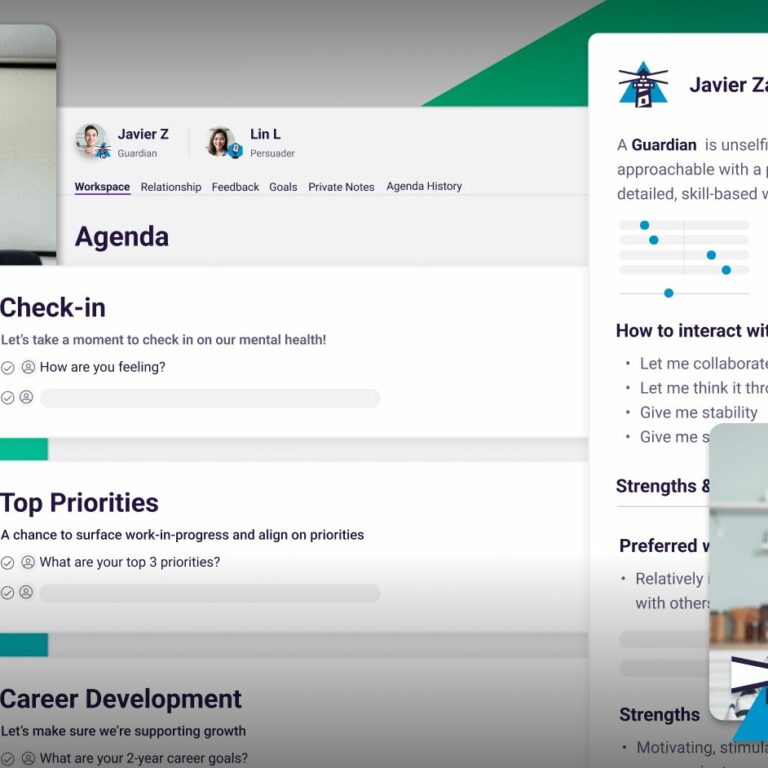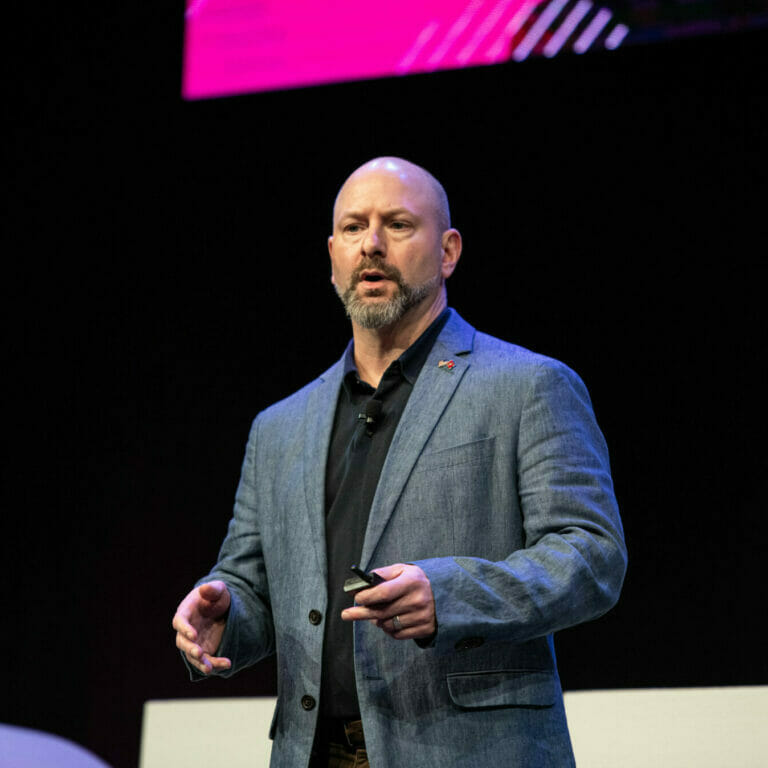
Stop managing, start leading [Perspectives recap]
Leadership is complex. Rather than complain about what’s not working, we wanted to turn our attention to how we can help leaders at every level get it right.

Leadership is complex. Rather than complain about what’s not working, we wanted to turn our attention to how we can help leaders at every level get it right.

Recognition makes employees feel a heightened sense of belonging and value. It costs almost nothing, but it can be priceless in terms of the morale and motivation it can produce. And it isn’t reserved for manager-to-direct reporting relationships.

With the rise of remote and hybrid workplaces, along with the growing share of employees demanding deeper connections, greater recognition, and a sense of shared purpose from their job than ever before, more organizations are realizing the value and importance of the simple one-on-one.

The PI Relationship Guide got a recent update. Learn how to compare two employees’ behavioral profiles side by side—now easier than ever.

Over time, I’ve learned to not only recognize key differences among my co-workers, but to appreciate them as a result. I love to celebrate others’ preferences!

PI Perform is here, and we’re excited to show you what it can do. Learn what features to expect at launch, plus what’s coming in the future.

In many organizations, the work dominates the agenda of most meetings. But as leaders, we must also make time for people-related matters.

Many managers would rather not be people leaders. They don’t know how to manage effectively, and they feel as if their companies aren’t investing enough in developing them as managers. What can these aspiring leaders do?

With the rise of remote and hybrid workplaces, along with the growing share of employees demanding deeper connections, greater recognition, and a sense of shared purpose from their job than ever before, more organizations are realizing the value and importance of the simple one-on-one.

Millions of workers are fed up, burned out, and switched off. They want to share their experiences in the hopes that we’ll take action. But are we actually hearing what they have to say?

Whether you’re a seasoned pro or a relatively new leader, you can turn to well-established leadership essentials to identify important gaps, and guide your future development. Use this worksheet to further your own journey of self-improvement.

The results are in. We posed a series of poll questions to the LinkedIn community, trying to take the pulse of end-of-year priorities and productivity, and the answers revealed a range of approaches.

The most effective teams seem to anticipate what each person – and the business as a whole – needs. They support each other at every step, uncovering creative solutions to tough challenges, and they often make it look easy

The most successful teams are empowered. But creating a workplace where everyone is able to take charge can be tricky. How can you ensure productivity, pointing everyone in the same direction, and avoid absolute chaos?

Great leaders aren’t born – they’re developed and molded. It takes a good deal of training, trial and error, and some well-earned experience (not to mention a willingness to continually learn).